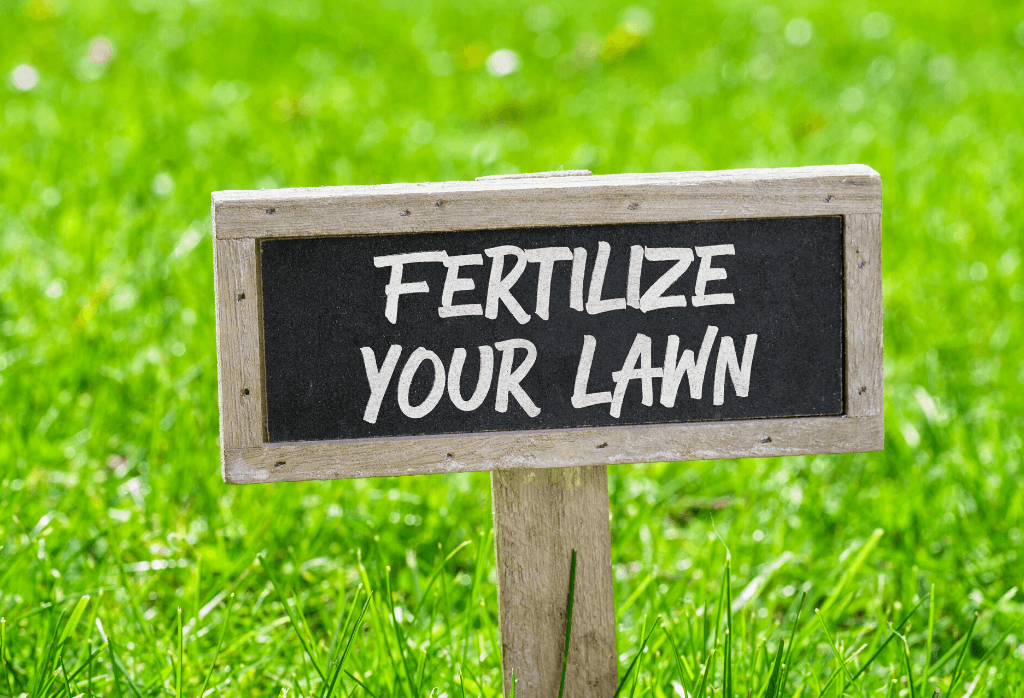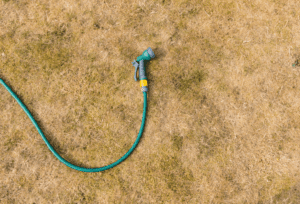The Best Lawn Fertilizer For A Green And Healthy Lawn
Spring has sprung! Time to think about the lawn and landscape, and your plans for the new season.
For many folks, looking forward to lawn work is not exactly appetizing. In fact, of the 58 million or so maintained lawns in America, many are cared for by professional lawn care services. And these services range from the neighbor kid with his dad’s mower, to certified pros, people who arrange lawn programs for homeowners, just as golf superintendents plan programs for their high traffic greens, tees and fairways.
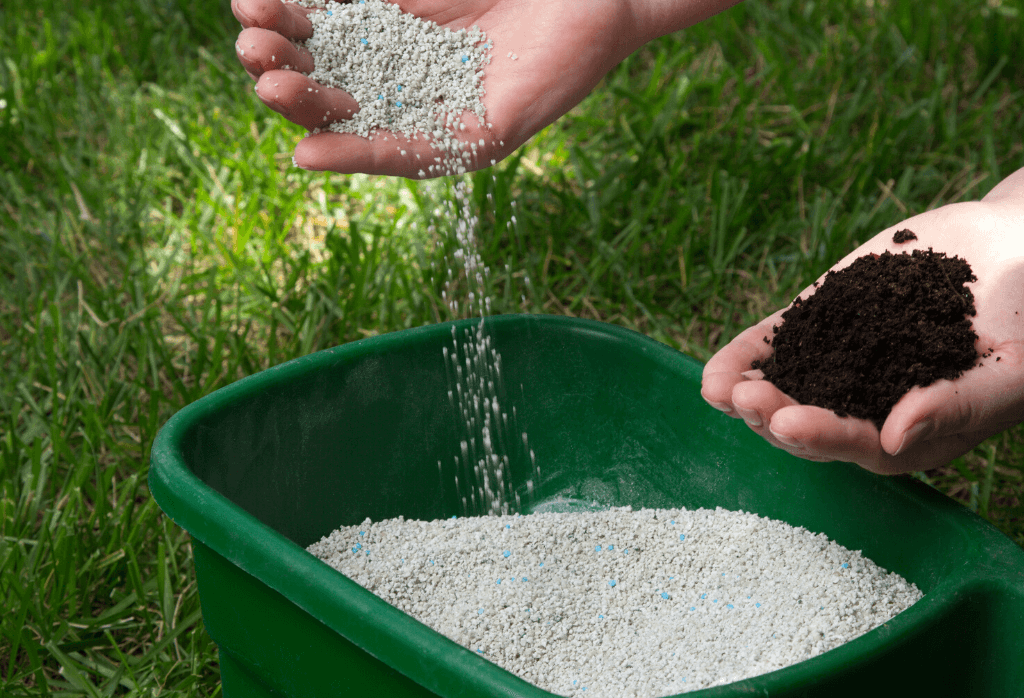


First off, it’s not difficult to have a green lawn, at least one that is green most of the time. But there is a difference between turning grass green and building a great lawn, a turf area that increases property values and provides a thick carpet for picnicking and play.
If your goal is a thick, healthy lawn, fertilizer will be a key component of the plan.
Fertilizers have been used to enhance plant growth since Hannibal’s elephants crossed the alps! So, providing supplemental nutrients is nothing new or difficult.
Still, for a lawn that is both thick, healthy and relatively easy to maintain, choosing the right fertilizer is important.
A complete fertilizer is one containing the three major turf nutrients: nitrogen [the major turf nutrient], phosphorus [for strong root growth] and potassium [for overall plant health]. Since most soils do contain sufficient nutrients, today’s modern fertilizers may not include phosphorus but should provide a small amount of potassium along with a higher amount of nitrogen.
Note: When planting grass seed, always apply a ‘starter fertilizer’, high in phosphorus, to maximize root growth and quick turf establishment. In this article, we’ll focus on nitrogen; the nutrient required in greatest amounts by grass plants. In basic terminology, today’s nitrogen fertilizers are described as organic, inorganic or synthetic organic.
Natural Organics
Natural organics, used for centuries, are composed of natural materials, like animal manure and human waste products. These materials are relatively low in nitrogen, the major and most important plant nutrient, but, for years, were all that was available. While considered safe and non-burning, natural organics break down slowly, taking weeks, even months to release their nutrients to plant roots. And, since nutrient content is low to begin with, not much is available to feed grass plants at any one time.
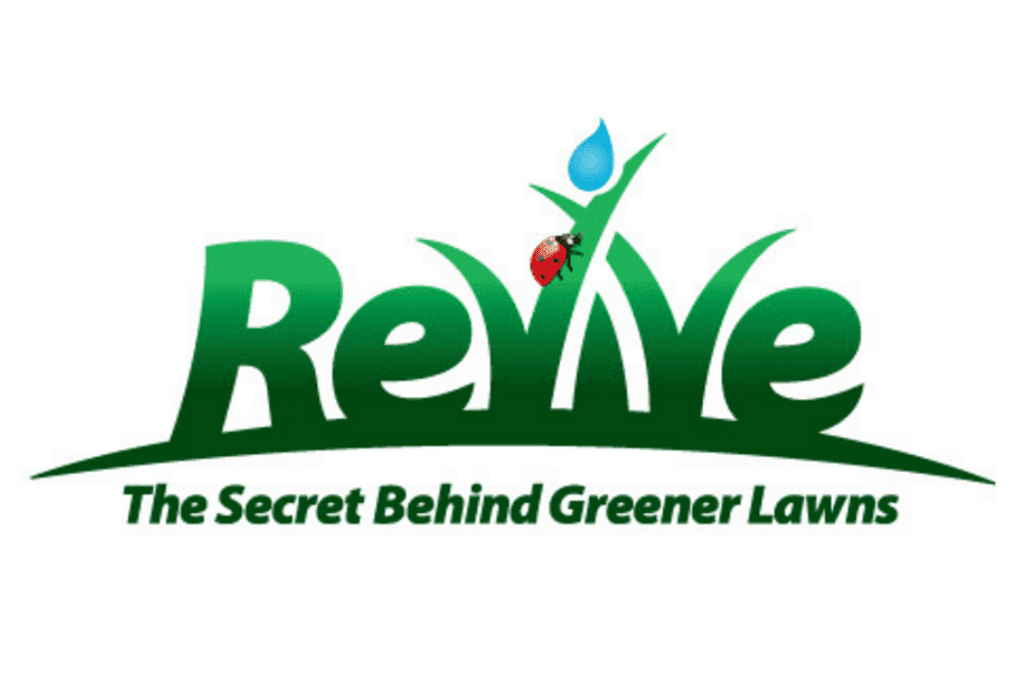
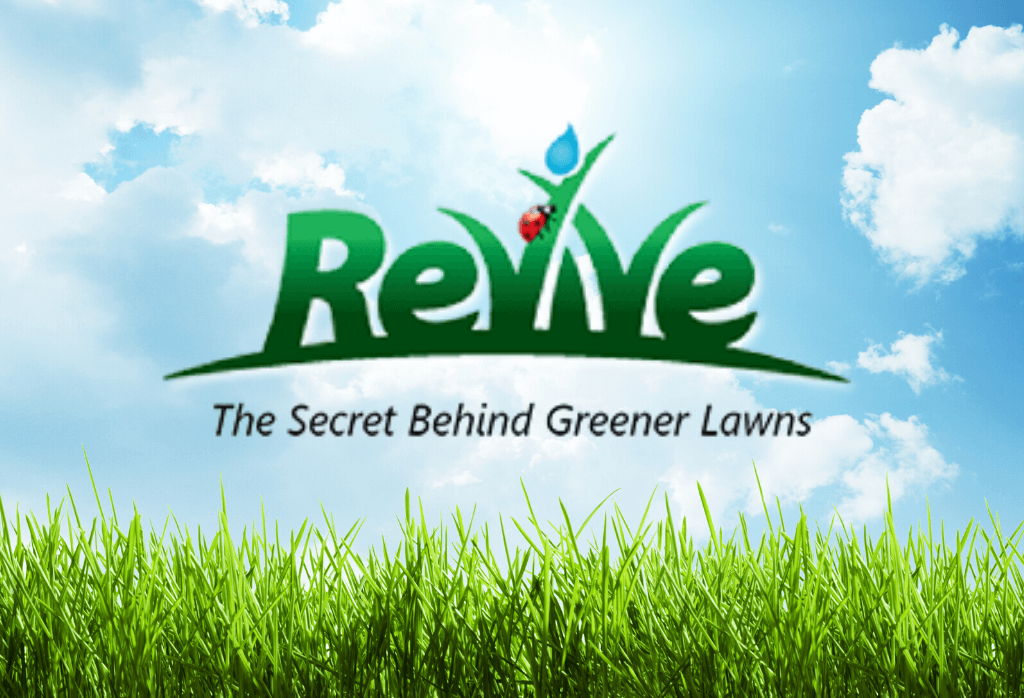
Consequently, most products sold as “organic” are spiked with a synthetic source of nitrogen, quick acting urea. And, technically, at that point, you are no longer applying a natural organic fertilizer. What you purchased, was the name or name brand. One natural, organic-based fertilizer that ExperiGreen uses in some parts of the country is called Revive. It is an organic-based product consisting of dried poultry waste, with additional macro and micronutrients and soil wetting agents that enhance its effectiveness
These blends, mixes of organic and chemical materials do work. They should not, however, be thought of as natural. For most homeowners, this is not important but, by way of understanding fertilizers, it makes sense to know the difference.

Inorganic Fertilizers
Inorganic fertilizers represent the opposite of natural organics, in terms of their mode of action. While the organics are very slowly available and low in plant food, inorganics were developed by manufacturers to provide a high level of nutrient content that is quickly available. The target buyer for inorganics was and is the agricultural user; farmers who want to grow corn and beans as rapidly as possible before harvest time spells an end to the season.
Unfortunately, providing lots and lots of readily available nitrogen to grass plants, has the same general effect; the grass, like corn and beans, grows very rapidly. And, when grass growth is accelerated by the application of inorganic or chemical farm type fertilizer, the unsuspecting homeowner is going to find themselves mowing two, even three times per week in the peak growing months of the year. In addition, there is substantial research showing that, when liquid, quick releasing, inorganic/chemical fertilizer is sprayed exclusively on home lawns, over time, plant blades grow excessively, literally starving grass roots that may never receive adequate nitrogen. Result; the lawn thins out and weeds invade.
Synthetic Organic Fertilizer
Synthetic organic fertilizers are products manufactured in chemical plants, but which have been engineered to deliver the beneficial characteristics of natural organic fertilizers along with the amount of plant food required for healthy growth. Specifically, by controlling the release of nutrients, plants can be fertilized a little each day for several weeks. The idea is to enhance natural plant growth without ‘pushing’ plants excessively and creating ‘surge growth’ and lots of mowing! These synthetic organic fertilizers act by releasing their nutrients in a ‘timed-release’ process that is controlled partially by water, but also through microbial activity in the soil. In other words, even without watering, a timed-release fertilizer is still delivering nutrients to the plant.
While purely inorganic or farm type, chemical fertilizers are less expensive, the benefits of using a timed-release, synthetic-organic product are clear.
Before buying the cheapest fertilizer on the market or hiring the cheapest lawn care service, be sure to ask about the fertilizers to be used on your lawn.
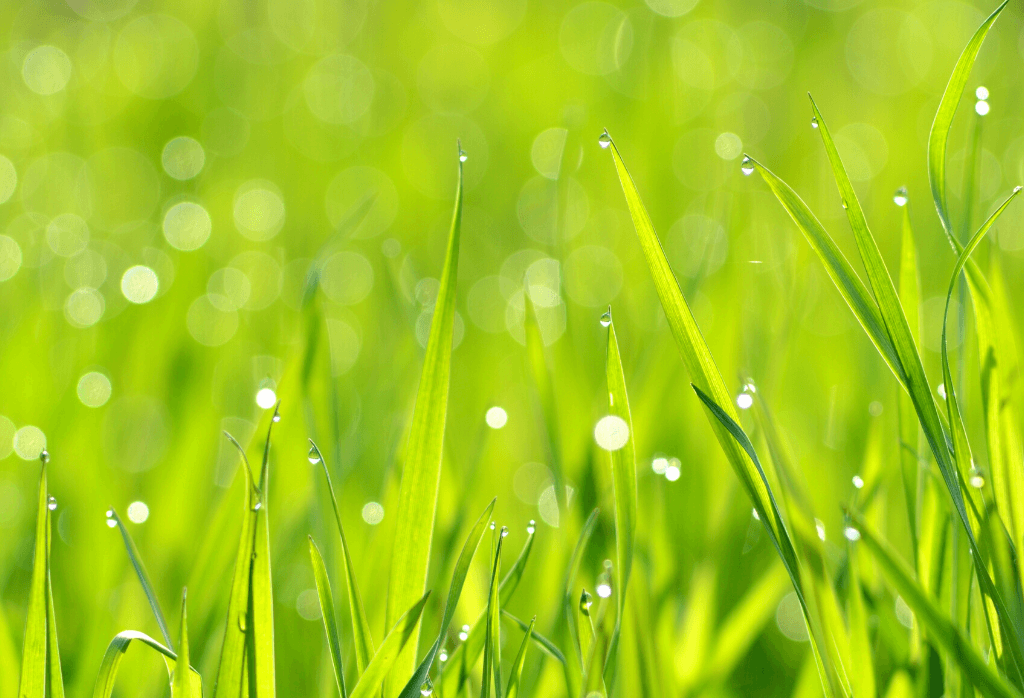
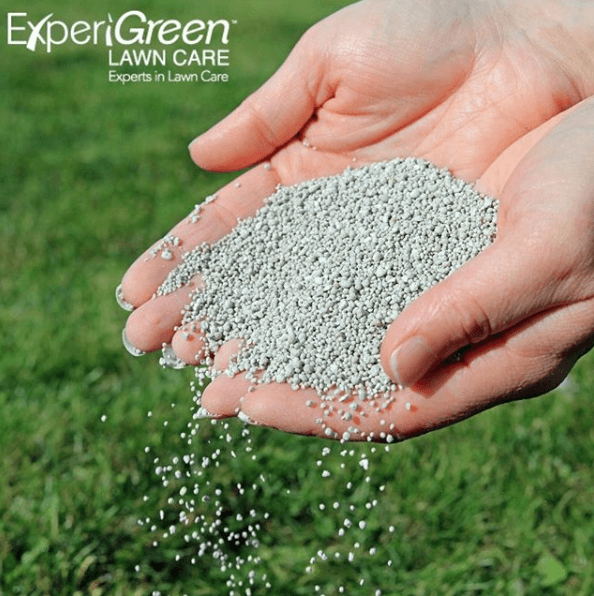
Join Our Free Lawn Care Newsletter
Stay Up to Date With The Latest News & Updates
* We don’t share your info with anyone ever.

